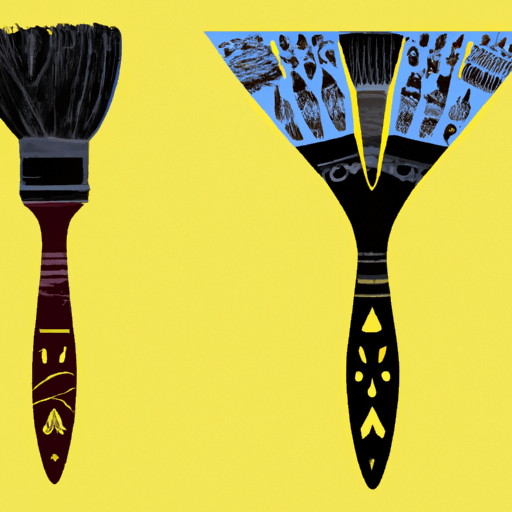An In-depth Analysis of Cultural Appropriation in Modern Art: The Thin Line between Influence and Exploitation
The issue of cultural appropriation in modern art draws a wide spectrum of opinions and is debated extensively around the globe. To offer an unbiased perspective, this piece aims to discuss the historical context of cultural appropriation, its evolution and impacts, and propose strategies that artists can adopt to respect cultural diversity while expressing creativity.
The Nuance of Influence and Exploitation
Cultural appropriation, or the adoption of elements of one culture by another, particularly where a dominant culture borrows from a society's minority cultures, is often viewed negatively. When appropriation devolves into exploitation, the vital distinction between cultural appreciation and cultural appropriation blurs. In the world of art, for instance, borrowing styles, symbolism, and methods is common; yet, the concern lies in whether the original cultures are credited appropriately or exploited.
Historical Context and Evolution
Cultural appropriation is not a new phenomenon in art. Historically, artists across the world have been influenced by various cultures, an example being the Primitivism movement where European artists, like Picasso, incorporated simplistic shapes and forms inspired by African tribal art. Today, globalization has broadened this accessibility and influences; however, it has also increased incidences of cultural exploitation. Modern art forms such as music, painting, and sculpture have witnessed artists leveraging diverse cultures, sometimes without grasping the ingrained cultural significance.
Examining Differing Perspectives
The implications of cultural appropriation extend beyond the purview of the artist. Minority cultures often perceive these artistic incorporations as a misrepresentation or stereotype reinforcement, leading to cultural erosion. Many artists argue that exploring different cultures kindles creativity, allowing artistic innovation. The challenge lies in discerning appreciation from appropriation, a responsibility attributed to the artist.
Mitigating Cultural Appropriation
Artists can employ strategies to avoid misappropriation while maintaining artistic inspiration. Conscious efforts to understand cultural nuances, acknowledging sources of inspiration, involving individuals from appropriated communities, and sharing benefits respectfully are steps in the right direction.
The Double Edged-Repercussions of Cultural Appropriation
While cultural appropriation promotes artistic innovation, fosters learning and growth, and facilitates cross-cultural appreciation, it can also result in commodification of cultures, perpetuation of stereotypes, and marginalization of communities. Hence, the thin line distinguishing influence from exploitation must be respected to maintain cultural integrity.
















Comments
Leave a Comment